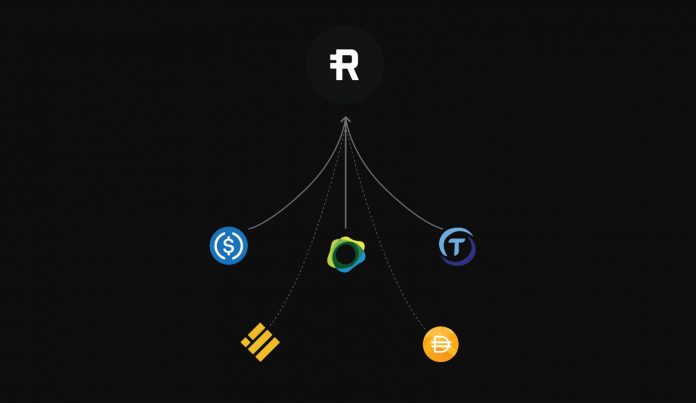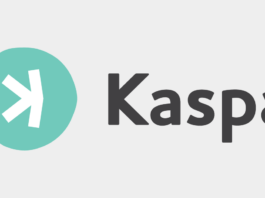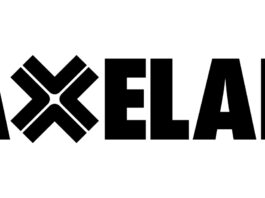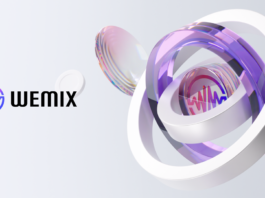The Reserve protocol provides a decentralized and censorship-resistant stablecoin. The protocol also provides a secure product that is completely stable by avoiding a complete peg to any single fiat currency.
When stablecoins were born, the crypto community had initially thought of it as the holy grail that could overcome the volatility associated with cryptocurrencies. Unfortunately, most of these stablecoins are tied to fiat currencies. And with most of these government-issued currencies suffering from inflation, the stablecoins are, therefore, not completely stable.
Also, these stablecoins are centralized, opening them up for manipulation and government censorship. For example, Tether (USDT), the leading stablecoin, has been shrouded in mystery concerning its USD-peg. USDT’s developers have also been involved in allegations concerning misuse of funds and lack of transparency.
Luckily, projects like the Reserve protocol have a solution. Reserve, in particular, is working on providing a decentralized stablecoin that’s censorship-resistance. The secret is in the collateralization approach, which we shall talk about in this guide along with the project’s intimate details.
Table of Contents
Background
Reserve’s development team comprises known and anonymous members spread across the world. Among its known members are its two co-founders, Nevin Freeman and Matt Elder. Freeman is the CEO while Elder is the CTO.
Other known team members handle the project’s business development, protocol development, compliance, and legal issues. Previously, the team members held roles in top companies such as Google, Harvard Law School, Tesla, IBM, and OpenAI.
The network’s list of investors comprises Coinbase Ventures, Sam Altman (head of YCombinator), Crypto Lotus, Peter Thiel (co-founder of PayPal), BlockTower, and Refactor Capital.
What is the Reserve Protocol?
Reserve is a platform providing a decentralized and censorship-resistant stablecoin. The protocol also provides a secure product that is completely stable by avoiding a complete peg to any single fiat currency.
Apart from targeting the underserved, the protocol is also targeting those in countries suffering from massive inflation. Unlike other crypto-based projects that appear only on whitepapers and marketing materials, Reserve is already in use. Despite still being in a testing phase, the team is slowly but steadily achieving its goal.
However, the testing phase is happening in Venezuela, which has the highest inflation rate at roughly 400,000 percent. Notably, the country’s high inflation rate is part of the major reasons why it’s residents need a solution, albeit a quick one.
With Venezuelans relying on other fiat currencies such as the US dollar due to its relatively high stability and international recognition, Reserve helps them accumulate USD and spend it seamlessly. For example, through the protocol, users can use PayPal or any other registered financial firm in the country to cash out. To make this happen, the platform powers three types of tokens.
Tokens on the Reserve Protocol
- RSV (Reserve token) – This is a native currency on the Reserve network. Part of its functions is to enable saving and spending like normal fiat currency.
- RSR (Reserve Rights token) – RSV isn’t directly tied to the US dollar or any other fiat currency. Instead, it is anchored to the RSR token. This guarantees its stability.
- Collateral Tokens – These are non-Reserve tokens that engage with the network’s smart contracts. These tokens help support RSV’s value. The system maintains a 1:1 ratio between its native currency and the collateral tokens.
Note that collateral tokens are made up of tokenized real-world assets such as securities and commodities.
How the Reserve Tokens Work Together
Although dealing with such a wide variety of tokens is complicated on the surface, their actual deployment makes it easy for them to work together. Let’s take a closer look.
Stabilizing RSV
When RSV’s price on secondary markets drop, arbitrageurs buy it up at a higher price and benefit from the difference. It’s a delicate balance. For example, if the original price is $1 but falls to $0.98, arbitrageurs buy it at the new price until it moves back to $1.
Likewise, when the price increases above the stable price, arbitrageurs sell the token until the price goes back to normal. Note that the price difference holds the profit.
Capitalizing the Reserve protocol
Capitalizing the network relies heavily on both the collateral and the platform’s native currency. A smart contract holds RSV backed by collateral tokens. The smart contract also holds funds used by investors to buy RSV tokens.
The process helps keep the RSV token fully collateralized. With the collateral tokens prone to volatility, the network prevents a fall in collateralization of the RSV token by selling newly produced RSR to boost collateral tokens.
Expanding the Band to Promote RSV’s Stability
From a theoretical standpoint, it’s possible to miss the 1:1 collateral. When this happens, the Reserve protocol can expand the acceptable price to includes lows of $0.95 and highs of $1.05. Interestingly, this band stretch approach provides a level playing ground even if everyone was to liquidate their holdings. In addition, everyone gets a standard rate.
Other Key Reserve Ingredients
Apart from the platform’s native token that is stabilized around 1 dollar, the system also features a vault. This stores non-Reserve tokens use to buy RSV.
Also, being a combination of hosts for smart contracts, there are other key players. They include a Reserve and Vault manager, a market feed, and an auctioneer.
- Reserve Manager – This section of the Reserve protocol maintains the stability of RSV at $1. To do this, it has the capability to lower or increase the RSV’s price.
- Vault Manager – The manager ensures that the vault level is maintained at a place capable of absorbing market shocks. These shocks are associated with maintaining the collateralization ratio. The risk levels are reduced by diversifying assets held in the vault by grouping them into classes, issuers, and jurisdictions.
Each group guards against a particular type of risk. For example, assets grouped according to classes handle systemic dangers while those in the issuer group deal with counterparty risks.
- Market Feed – This can be thought of as a price oracle to provide real-time information tied to volatility, trading volume, and market prices. Its components include an on-chain record book and off-chain vetted data providers such as ChainLink. Observe that the Reserve protocol uses data providers operating outside the Ethereum blockchain.
- Auctioneer – The Auctioneer handles delegated trades from the Reserve and Vault managers. However, to conduct a transaction, the asset to buy or sell, the exchange rate, maximum trade quantity, and the trade expiry date must be provided to the Auctioneer.
Governance on the Reserve Protocol
If it’s for the community, the community should be involved, which the Reserve team understands very well. Although the platform is centralized, the team is working towards making it community-governed.
Part of the reason why the platform is centralized is for the team to ensure that everything is working smoothly before entrusting the governance aspect to a decentralized autonomous organization (DAO). With such an approach, the community will be able to raise issues in the form of proposals and vote for the recommendations. Community-based governance requires participants to hold RSV, which gives them voting powers.
Conclusion
By shifting from USD-based collateralization, Reserve provides a solid base to peg the RSV by avoiding currencies prone to inflation. Additionally, employing blockchain technology ensures that the stablecoin is resistant to censorship, making it a more reliable form of money. Also, decentralization adds to its security since the single point of failure is eliminated.
By using trusted oracles such as ChainLink, Reserve is able to interact with up to date external data. Consequently, the platform is able to make accurate decisions regarding its token price and collateralization.
The Reserve team and its list of investors provide a ray of hope to the credibility and vision of the project in the cryptocurrency world.



